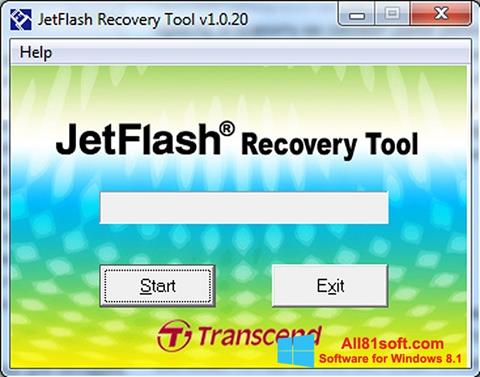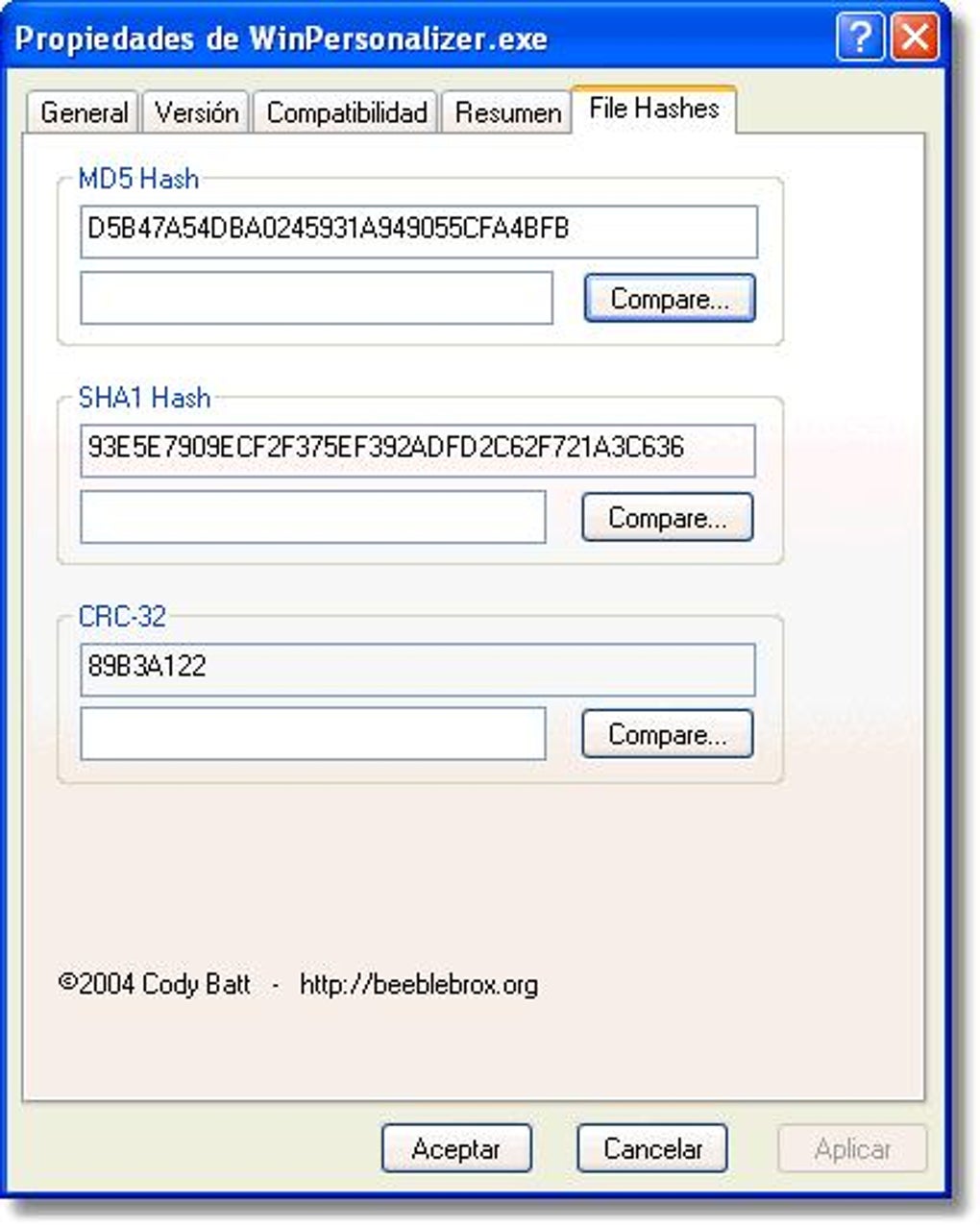

To do this, open the Windows Store app from the Start screen, then select Update Windows. Your computer may be updated to Windows 8.1 automatically, but you can also update it manually. If you already have Windows 8, you should now able to upgrade to Windows 8.1. Traditional desktop apps still work the way they did in earlier versions of Windows: They'll appear in individual windows that you can move and resize. Windows 8.1 allows you to view several different Start screen apps and snap them to different parts of the screen. Snap Start Screen Apps: Windows 8 introduced full-screen apps for the Start screen, but it did not allow you to view more than two apps at once.This is especially helpful if you're not interested in using the Start screen very often.
 Boot to Desktop: Rather than launching the Start screen when you turn on your device, Windows 8.1 now gives you the option to boot directly to the Desktop, much like older versions of Windows. Clicking the Start button on the Desktop will launch the Start screen, which you'll use to open programs and search for files. Scroll down the page to the Select edition, and then select Windows 8. Click here to open the official web page of the Windows 8.1 ISO file. Many users complained about the missing Start button, so Windows 8.1 adds it back to the Desktop. To do so, follow the steps below: Step 1. Start Button: Windows 8 removed the Start button from the Desktop. Below are some of the most helpful and notable features: Windows 8.1 is an update for Windows 8 that includes a number of improvements and features to address some of these issues. When Windows 8 was released in 2012, many users complained that it was difficult and confusing to use, especially compared to older versions of Windows.
Boot to Desktop: Rather than launching the Start screen when you turn on your device, Windows 8.1 now gives you the option to boot directly to the Desktop, much like older versions of Windows. Clicking the Start button on the Desktop will launch the Start screen, which you'll use to open programs and search for files. Scroll down the page to the Select edition, and then select Windows 8. Click here to open the official web page of the Windows 8.1 ISO file. Many users complained about the missing Start button, so Windows 8.1 adds it back to the Desktop. To do so, follow the steps below: Step 1. Start Button: Windows 8 removed the Start button from the Desktop. Below are some of the most helpful and notable features: Windows 8.1 is an update for Windows 8 that includes a number of improvements and features to address some of these issues. When Windows 8 was released in 2012, many users complained that it was difficult and confusing to use, especially compared to older versions of Windows. 
An app that has access to your location and internet connection







 0 kommentar(er)
0 kommentar(er)
